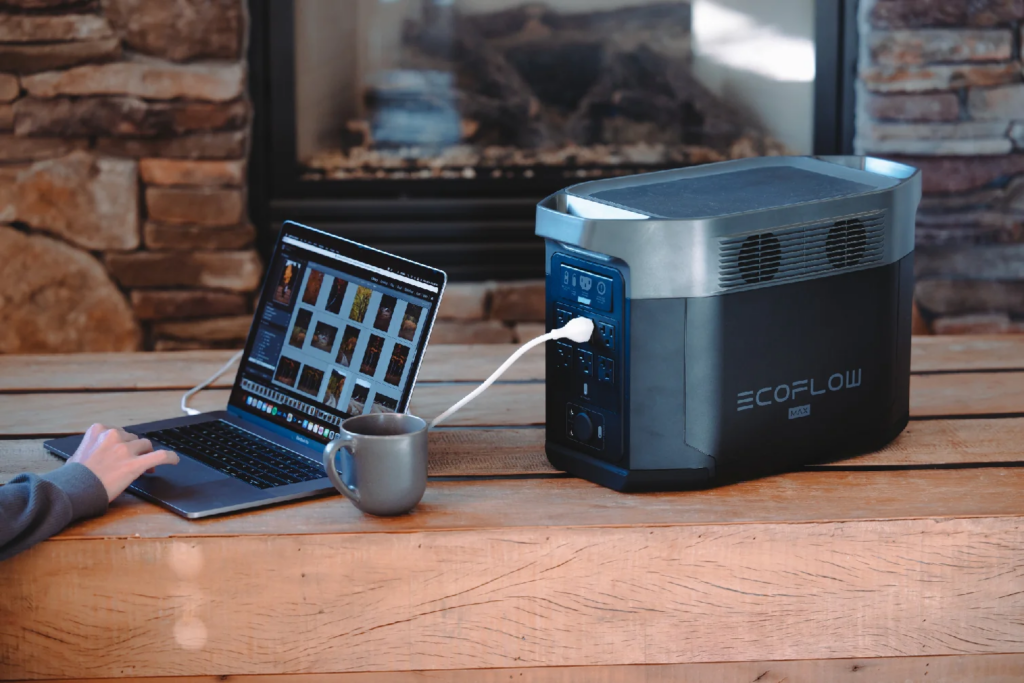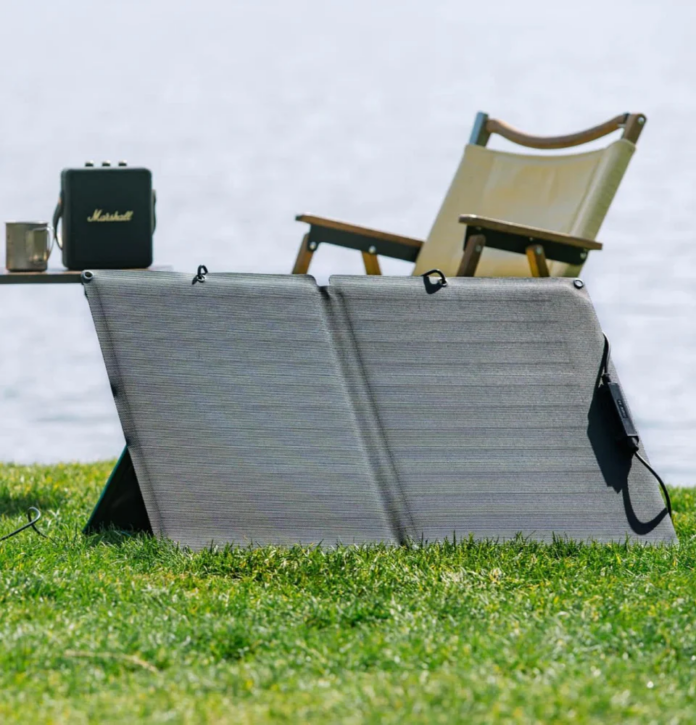Table of Contents
With the rising price of electricity in Texas, a power grid that’s more prone to extreme weather blackouts than many other states in the US, and some fantastic technological improvements, now has never been a better time to invest in solar.
Solar panels, also called photovoltaics or PVs, can be installed to supplement your electricity or have complete energy independence, depending on your chosen system.
This article will examine what affects the cost of PVs, what you can expect to pay for a system, and some of the pros and cons of photovoltaics in Texas.
Let’s dive in.
Solar Panel Costs In Texas: Key Takeaways
- A 6kW system for the average Texan will cost $16,320, but this is reduced to $11,424 when the federal solar tax credit is taken into account.
- The price of photovoltaics varies with location. A 6kW system costs $10,557 in Dallas but only $9,330 in San Antonio.
- Texas is a great place to use photovoltaics thanks to federal and state incentives, great peak sunlight hours, and the high price of electricity in Texas.
How Much Do Solar Panels Cost in Texas?
Average Solar Panel Costs in Texas by Size
The size of your system will always be the most significant factor in the price you will pay: the bigger the system you need, the more you’ll have to pay. This means if you have a large house with lots of energy use, you’ll need a more extensive system with more panels, which will cost more than for a small house with few appliances.
You’ll need to calculate your energy needs to help you decide what size system to purchase.
| System Size | Average System Cost | Cost After Solar Tax Credit |
| 3 kW | $8,160 | $5,712 |
| 4 kW | $10,880 | $7,616 |
| 5 kW | $13,600 | $9,520 |
| 6 kW | $16,320 | $11,424 |
| 7 kW | $19,040 | $13,328 |
| 8 kW | $21,760 | $15,232 |
| 9 kW | $24,480 | $17,136 |
| 10 kW | $27,200 | $19,040 |
Average Solar Panel Costs Across Texas
Since the cost of living varies from place to place, your system will also cost slightly more or less depending on where you are.
| City | Average Cost of 6 kW System | Cost After Solar Tax Credit |
| Arlington | $9,843 | $6,890 |
| Dallas | $10,557 | $7,390 |
| Denton | $9,843 | $6,890 |
| Fort Worth | $9,843 | $6,890 |
| Houston | $9,598 | $6,719 |
| San Antonio | $9,333 | $6,533 |
What Determines the Cost of Solar Panels?
System Size
The biggest factor in your price will be how many photovoltaic panels you need. Those with small homes and fewer appliances will need fewer PVs than those with large homes or lots of energy-intensive appliances.
On or Off-Grid
Some people use hybrid systems with photovoltaics supplementing their grid-supplied electricity and only need the panels and additional mounting and wiring components. Others who want the complete energy independence of an EcoFlow whole-home generator system that requires battery backup will have to factor their battery needs into the final price.
Panel Type
The type of panel was once a significant factor in price, but recent innovations and the soaring popularity of the more superior monocrystalline panels have resulted in price drops, making them only slightly more expensive than the cheaper polycrystalline. However, since polycrystalline modules are less efficient, you need more panels to supply the same amount of energy, meaning those small savings may not be worth it in the long run.
Cheaper thin-film photovoltaics are available, but their efficiency is even poorer. Therefore, they’re typically only used for large-scale industrial applications and are usually unsuitable for homeowners.
Solar Incentives
Solar incentives can significantly affect your final price. The 30% federal solar tax credit is available to almost anyone in the USA. Be sure to keep all your receipts, as they’ll need to be verified by the IRS.
There are also great state solar incentives that vary with location.
For example, Texas has a property tax exemption for those using renewable energy. There are also more local incentives, like net metering options, which vary with your utility company. Other regional incentives include Austin’s Energy Residential Solar Rebate Program, where you could be eligible for up to $2500 in rebates.
If you plan to buy an EV, you can also take advantage of the EV charger tax credit available to most Americans in low-income or rural areas. That could get you an additional $1000 off your federal tax liability.
Location
Location can also affect the price of photovoltaics, just like rent, groceries, and gas. That’s because areas with higher living costs have to charge more for goods and services. The equipment price may vary, but labor will also vary, sometimes significantly. In general, labor usually ends up being about 20% to 25% of the total cost fully installed.
Roof Type
Sometimes, the type of roof you have can significantly affect your price. Very steep roofs typically cost more for installation. Roofs with unusual, curved surfaces are more suitable for flexible panels, which may require more panels and more expensive installation fees than a flatter roof.
Another important consideration is the age of your roof. For instance, if your roof is 20 years old or more, you may need to upgrade your roof before installing solar panels. While photovoltaics won’t damage your roof, your roof must be sturdy enough to support them. Also, you don’t want to install PVs only to have to pull them off a few years later to replace a leaky roof. In that case, you are better off upgrading your roof first and then installing EcoFlow Rigid Photovoltaics.
If you want PVs while you wait for your roof to get upgraded, you could always consider EcoFlow’s Portable Photovoltaics, which you can put in your yard. The bonus with those is that you can also pack them with you on outdoor adventures.
The Benefits of Solar Panels in Texas
Affordable
With the falling costs of photovoltaics and all those fantastic federal and state incentives, installing photovoltaics for your home is becoming increasingly affordable. Even though it requires an up-front investment, you may be eligible for photovoltaic loans, home equity loans, and other options. Furthermore, thanks to falling prices, your solar payback period when you start getting a return on your investment is far faster than it used to be.
Great Peak Sun Hours
Thanks to its sunny southern location, Texas has great peak sun hours. On average, Texans have 4.5 – 6 hours daily when the sun is directly overhead, which is when photovoltaics operate at their maximum efficiency. In comparison, those living in New York only get 3 – 3.5 peak sunlight hours daily. It’s still worth it to use photovoltaics there; they just need more PVs to get the same amount of electricity.
Price of Electricity
The price of electricity in Texas isn’t the most expensive in the USA, but it’s also not the cheapest and is rising, making photovoltaics even more appealing.
If you pay for your system upfront, you can save about $55,000 over 20 years when you install a 5 kW system in Texas. Of course, how much you’ll save depends on your local electricity prices and your energy needs. Regardless, the savings will be phenomenal.
Grid Blackouts
The grid in Texas is also quite vulnerable to extreme weather events like hurricanes, thunderstorms, and tornados. When you have photovoltaics and a battery backup system, you won’t be at the whims of extreme weather or any other reason why the electrical grid sometimes goes down.
Technology Improvements
While prices have declined, quality and efficiency have soared. With their 23% efficiency, the more superior monocrystalline photovoltaics are only slightly more expensive, if at all, than the cheaper polycrystalline modules now.
Not only that, but lead-acid batteries with their short lifespan, or even the older lithium-ion models that were prone to thermal runaway, are only slightly cheaper than the newer LiFePO4 batteries. These new batteries are the safest money can buy, like what they use in EcoFlow’s DELTA series solar generators.
When you factor in their ultra-long lifespan (3000 charge cycles or more), that small amount extra you may pay initially will save you many times that in the long run. And they’re ultra-safe for you and your family.

Frequently Asked Questions
Photovoltaics are a fantastic investment in Texas. With abundant sunshine, the high cost of electricity, and grids prone to extreme weather blackouts, you can gain partial or complete energy independence, depending on the system you install, and save huge amounts on electricity for many years to come!
In Texas, on average, it will take about 6.88 years for the solar payback period, or the time it takes for your electricity savings to pay for your photovoltaic panels. After that, your electricity is free! Since your new panels should last at least 25 years, you should get about 20 years of free electricity.
Final Thoughts
Thanks to the falling prices of photovoltaics, great federal and state incentives, and all that great sunshine in the Lone Star State, now has never been a better time to invest.
Be sure you consider your household energy needs, what incentives are available to you, and your roof type. Buying EcoFlow’s Solar Panels, with their fantastic quality, efficiency, and great warranties, will guarantee you get the most out of your photovoltaic system.
